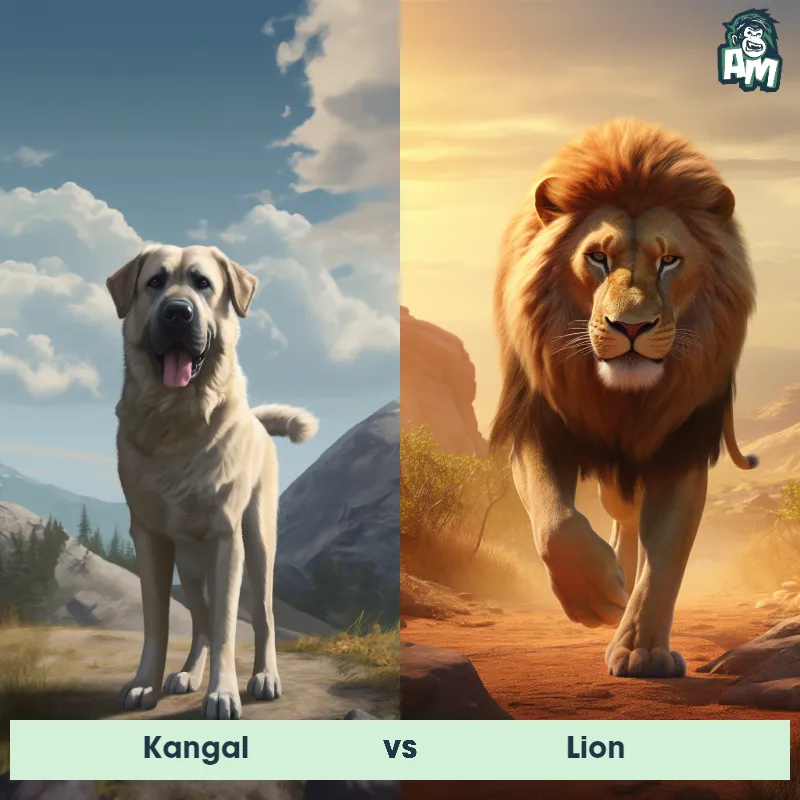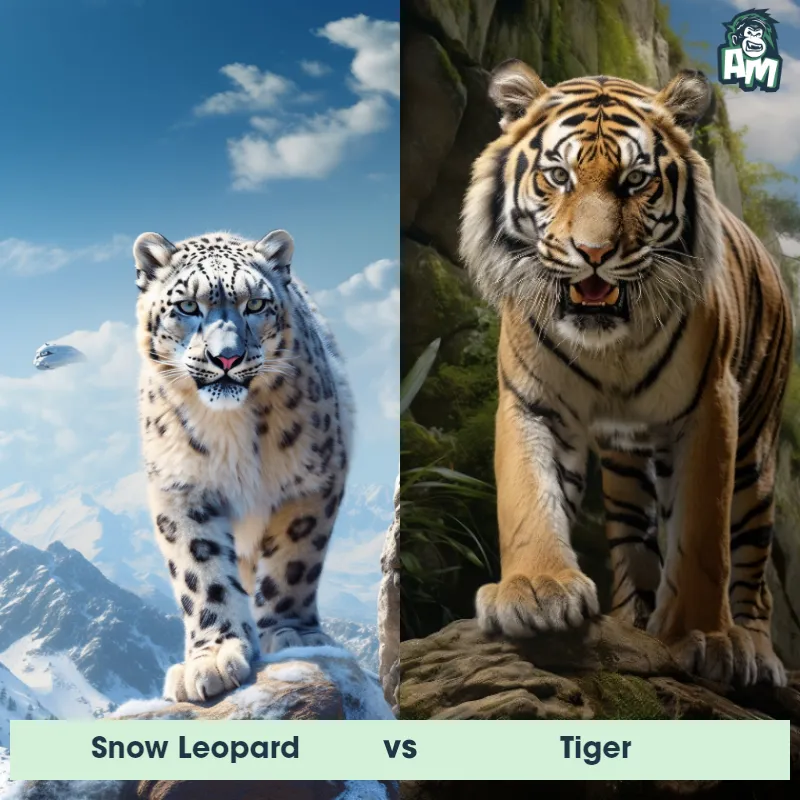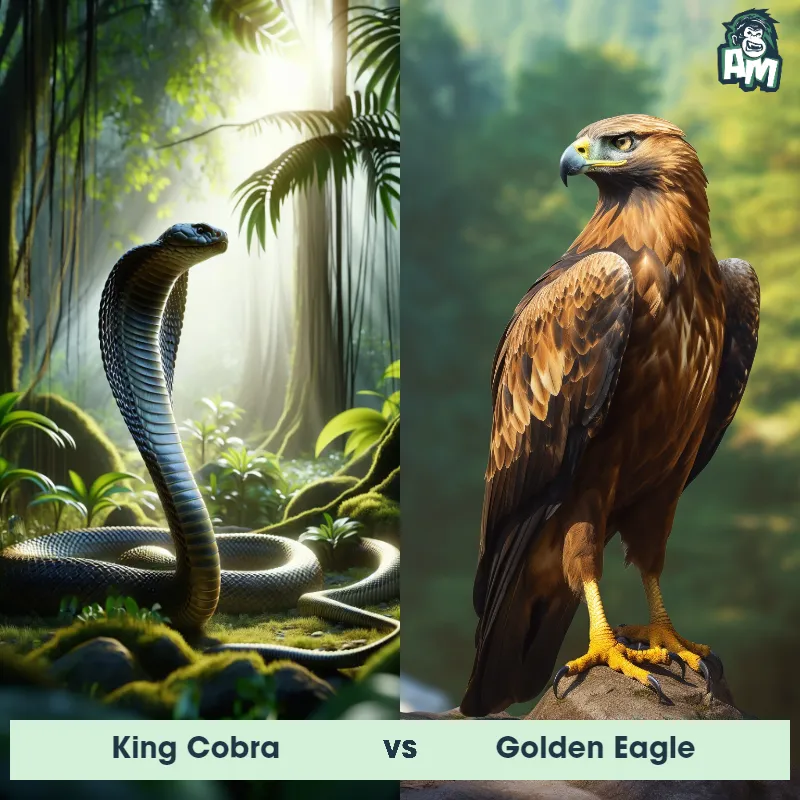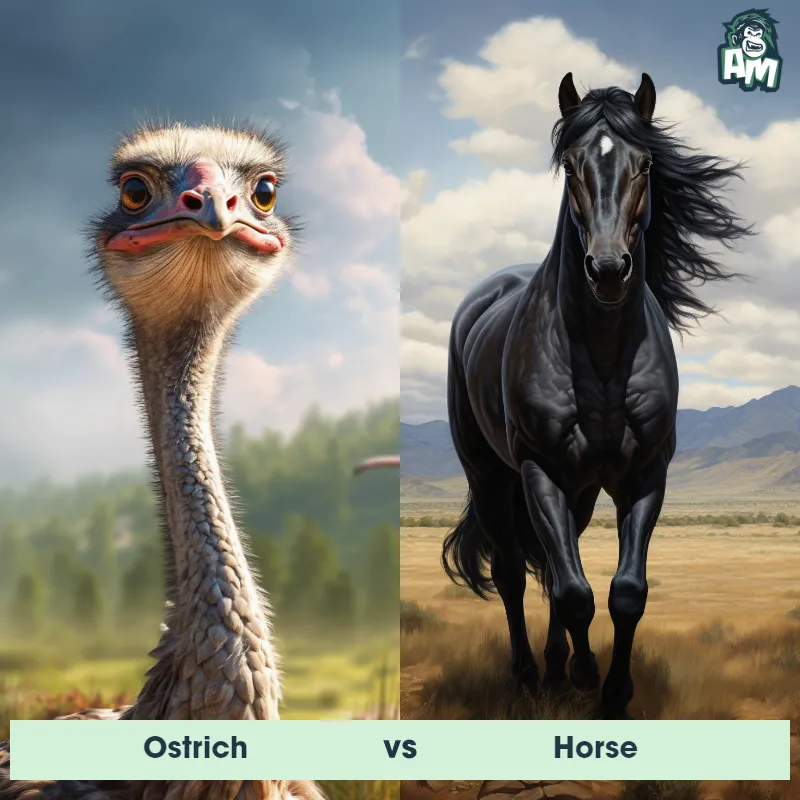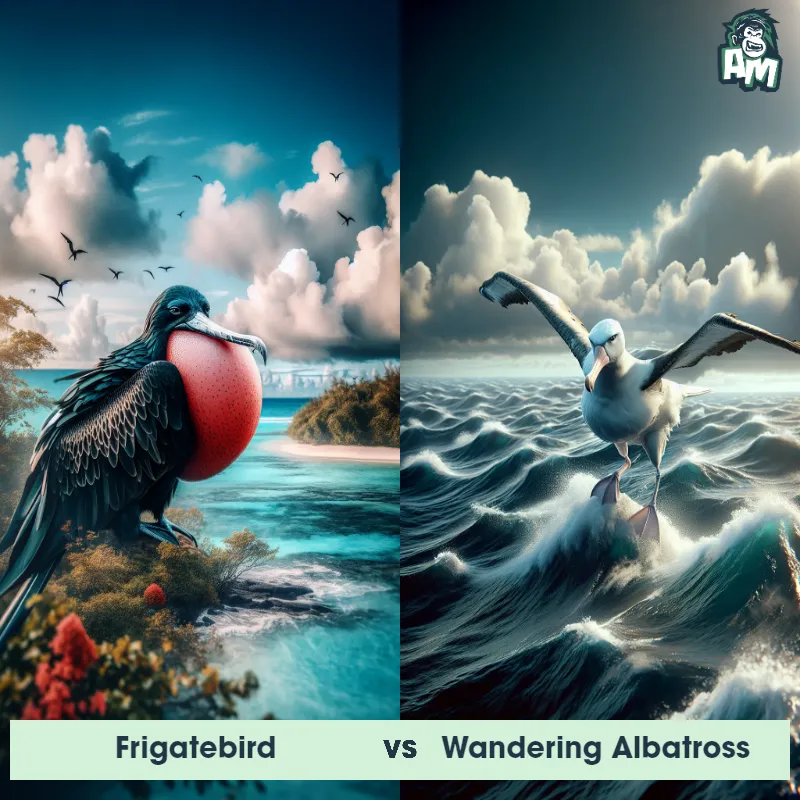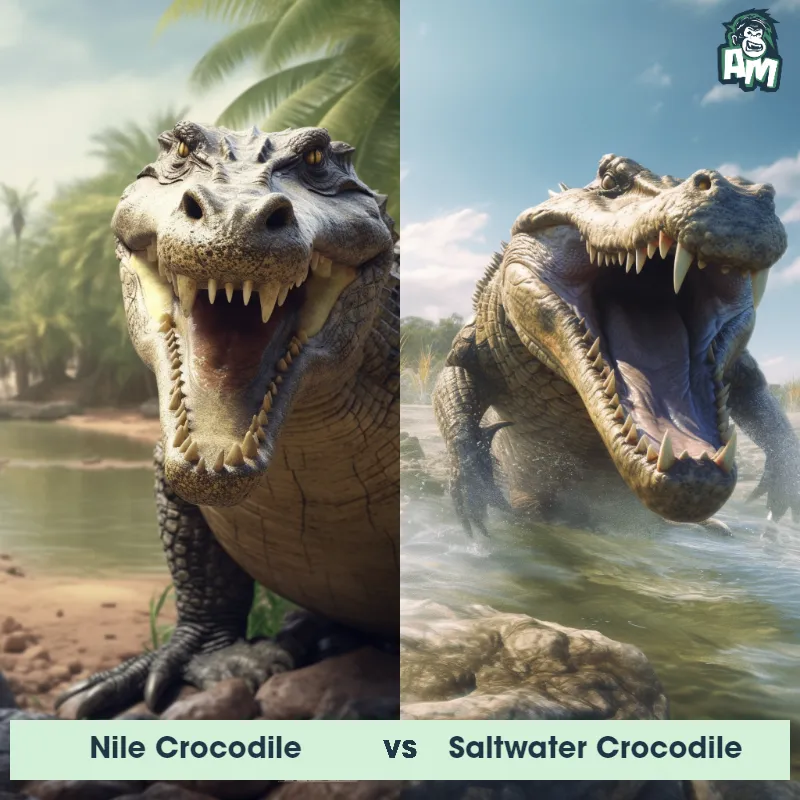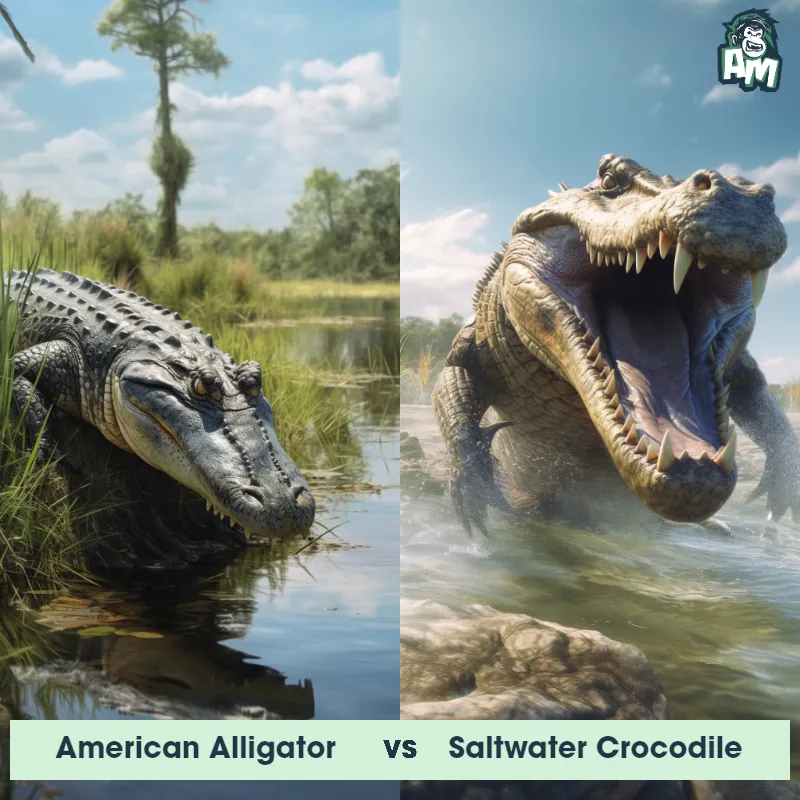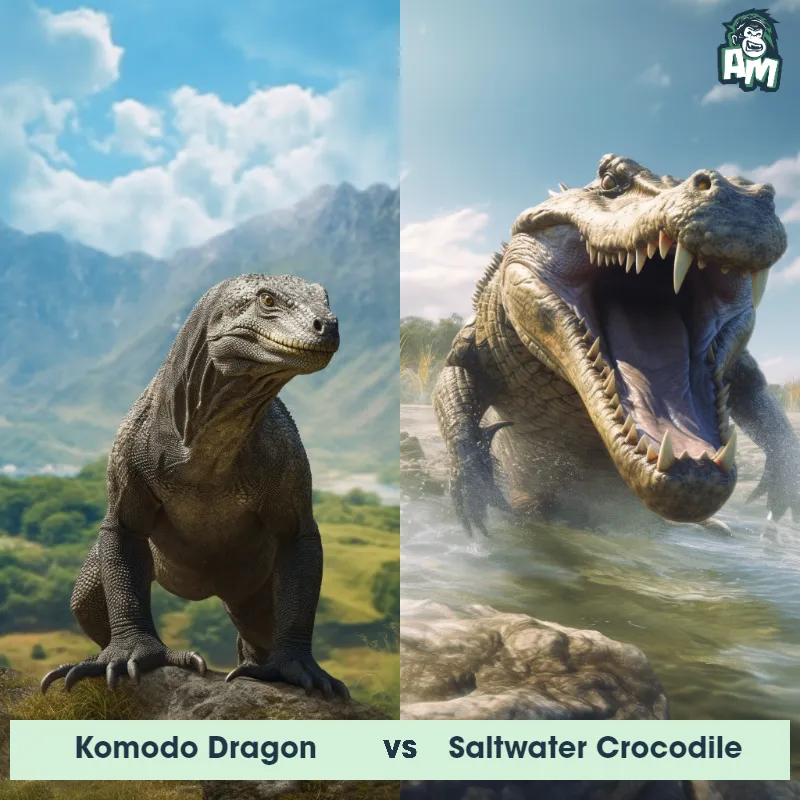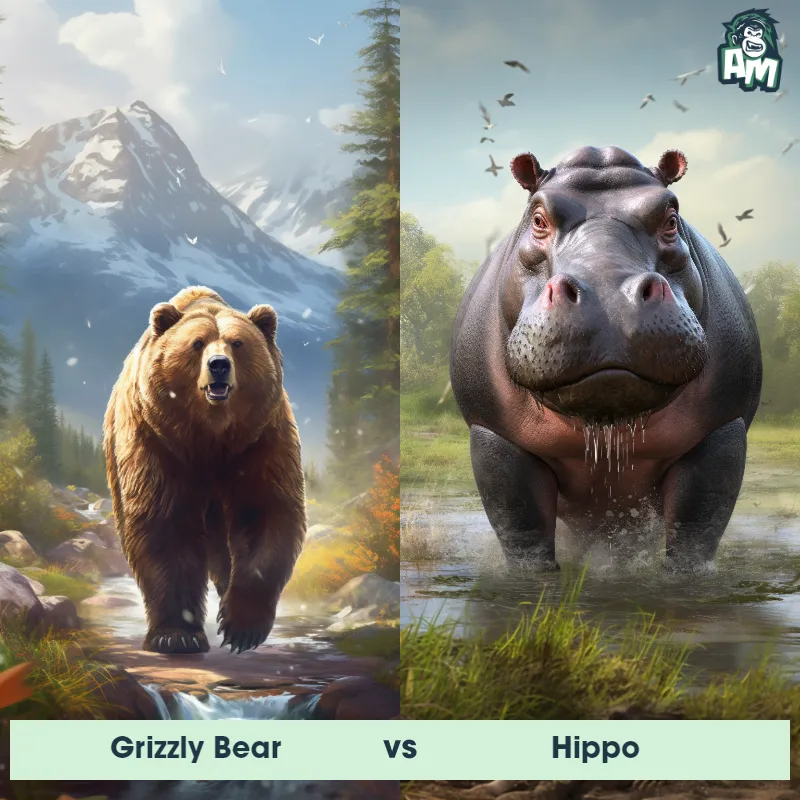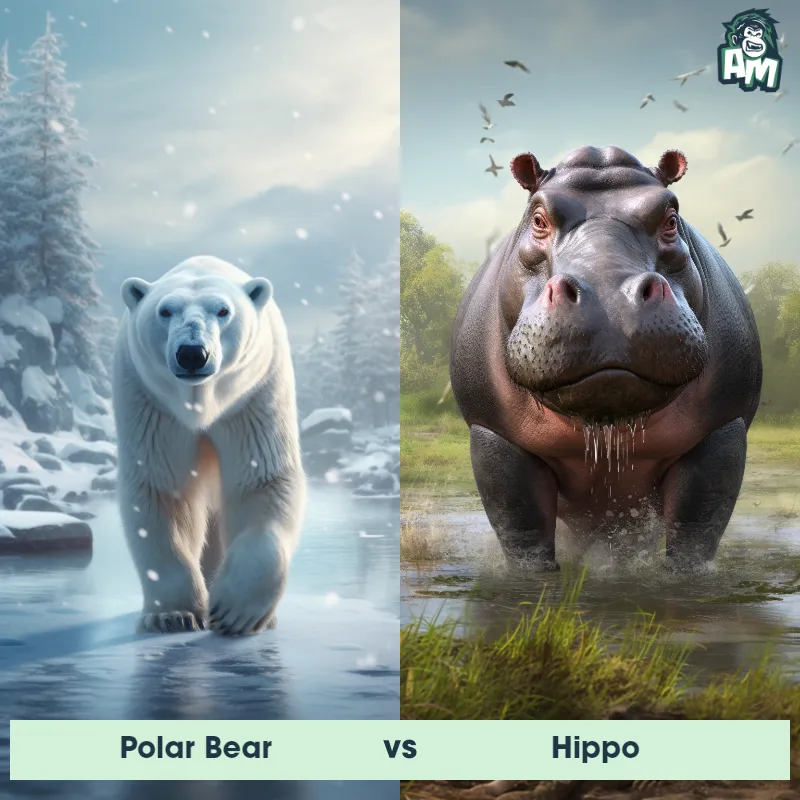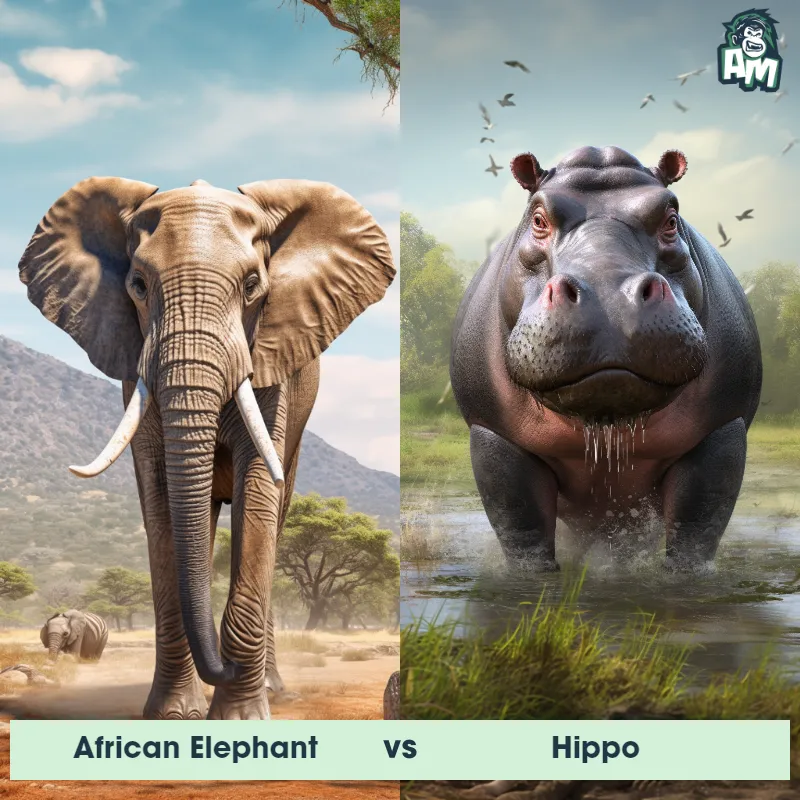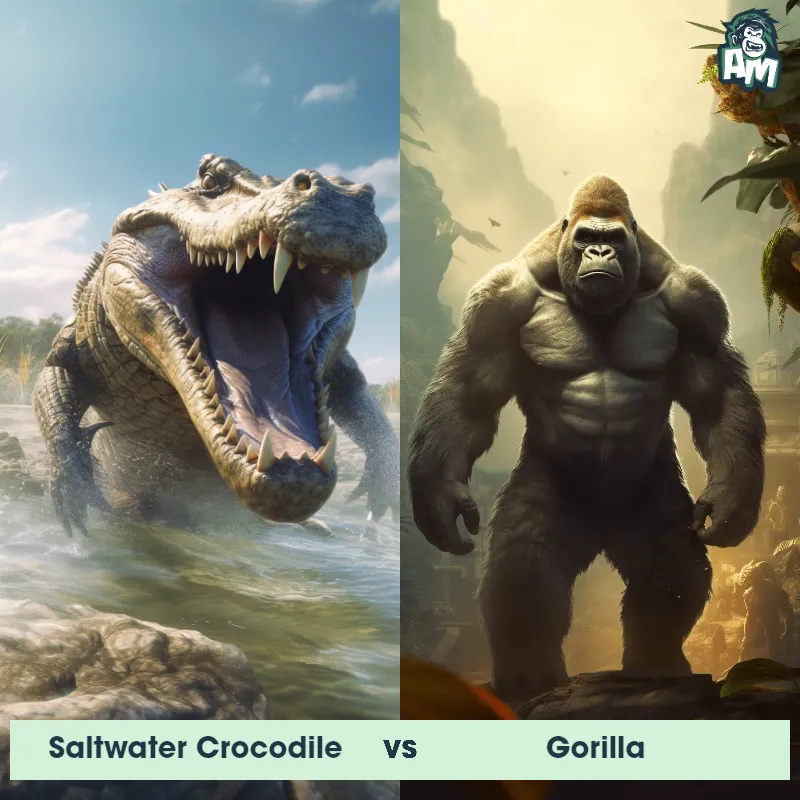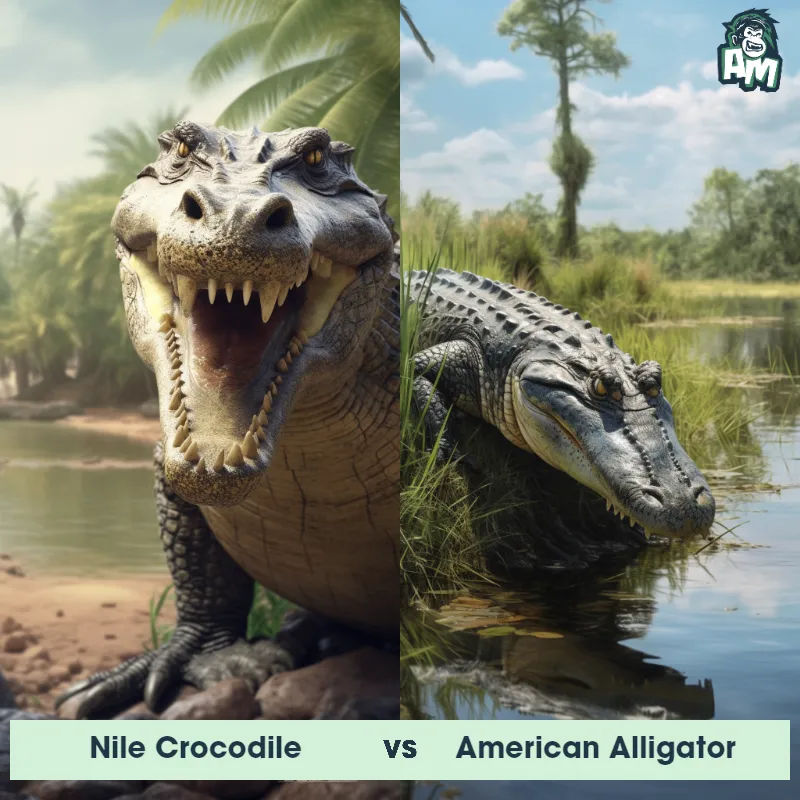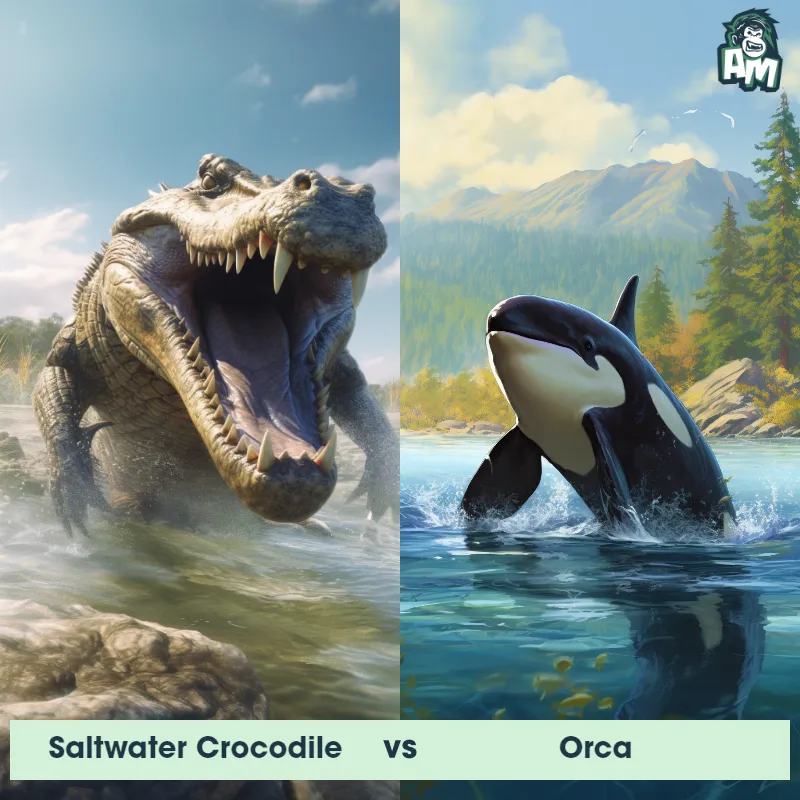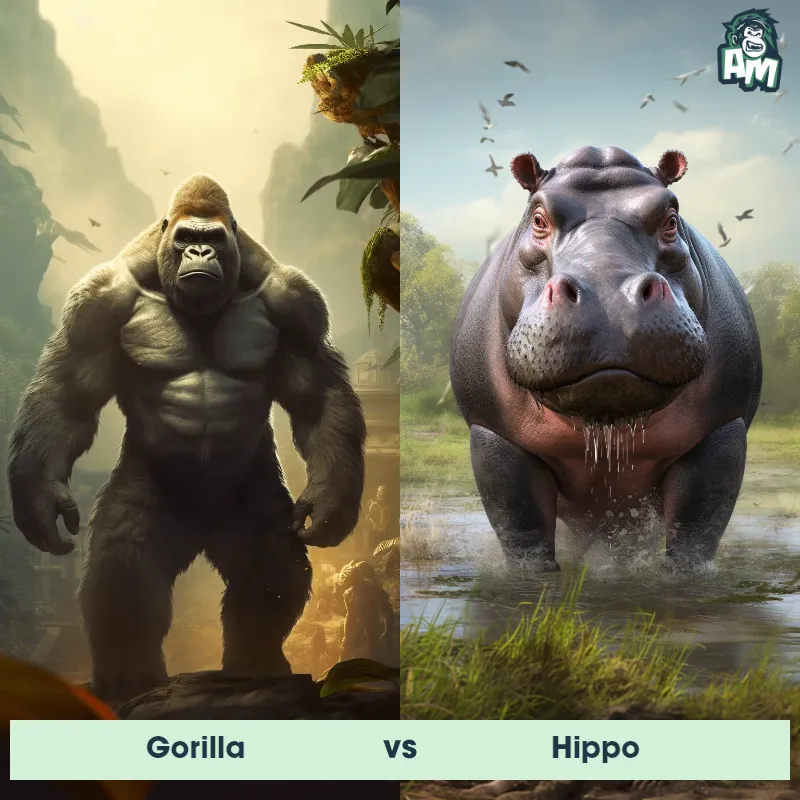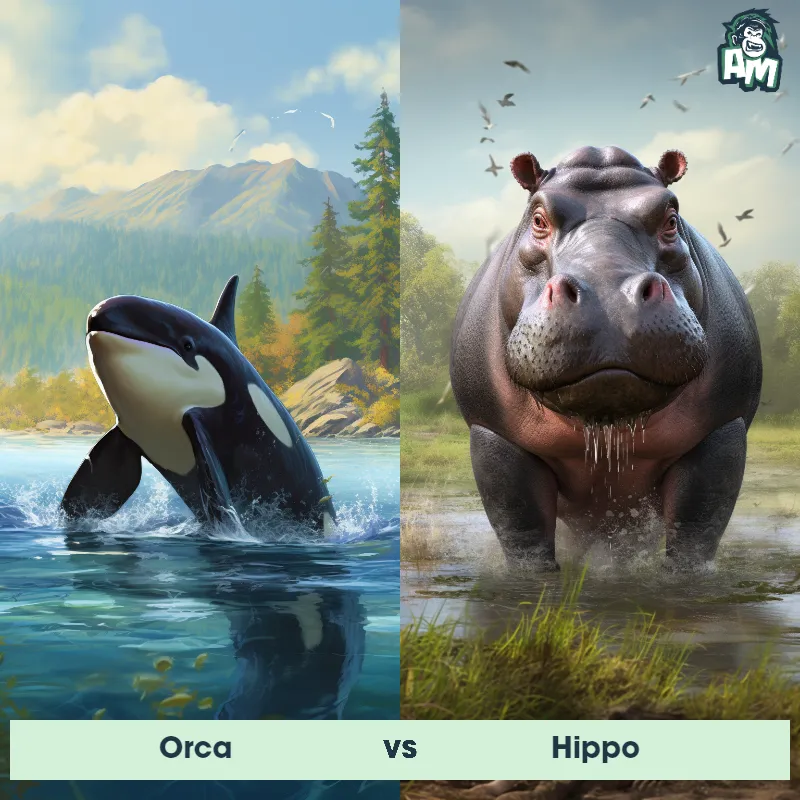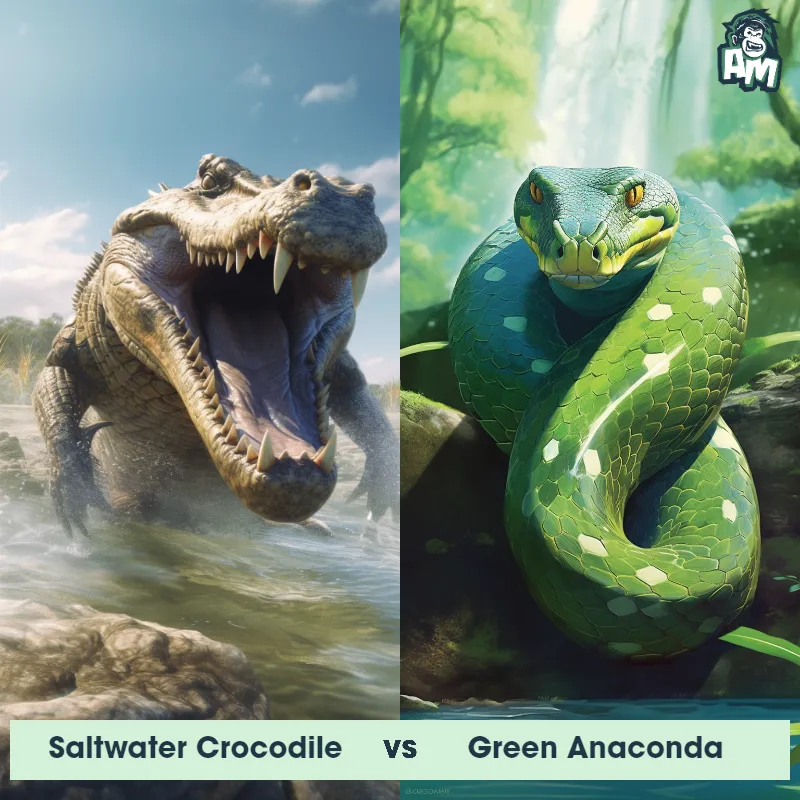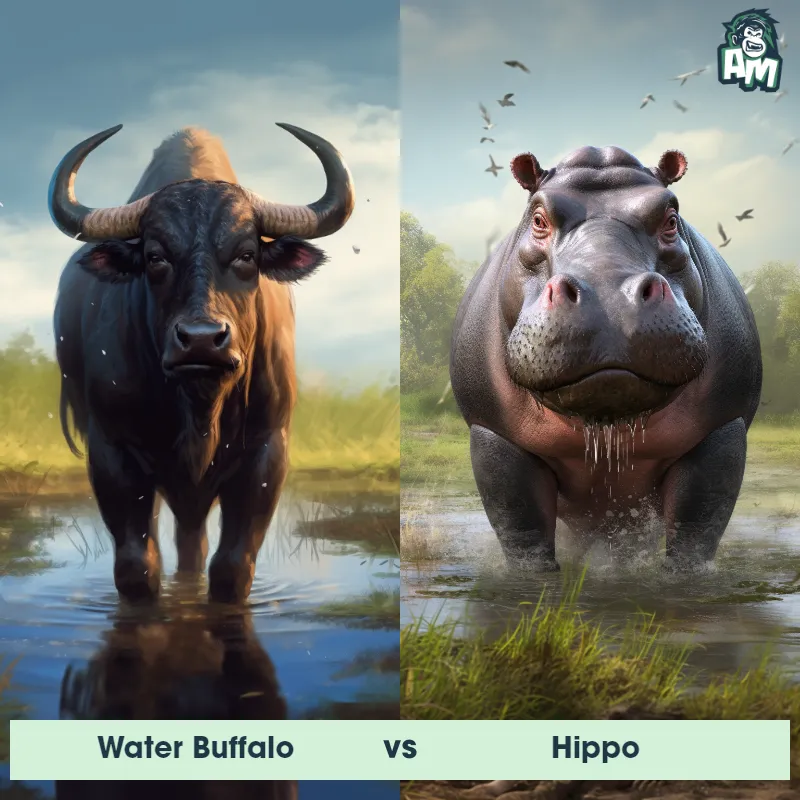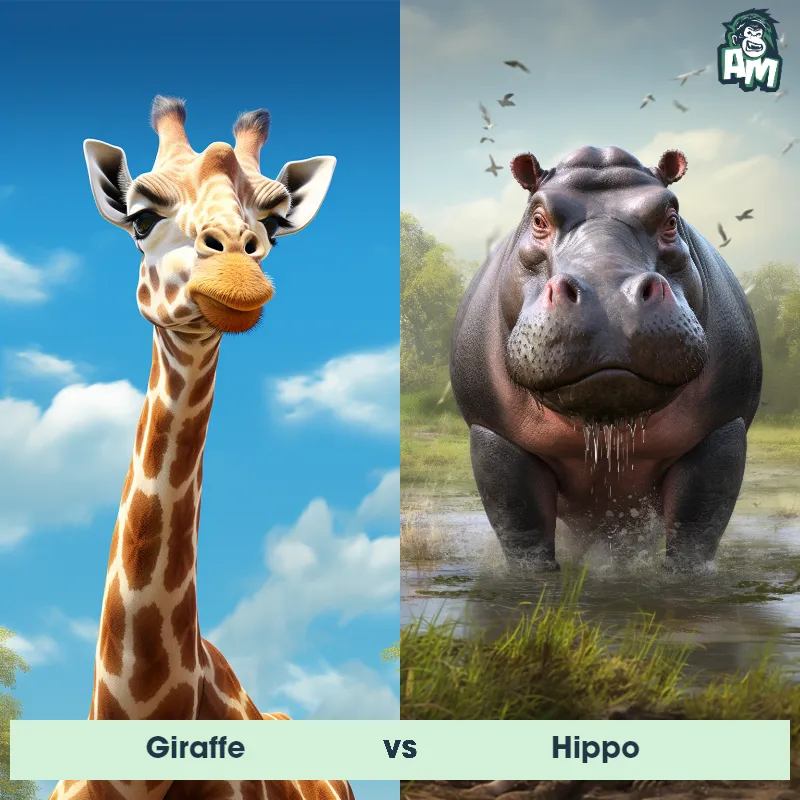Nile Crocodile vs HippoSee Who Wins
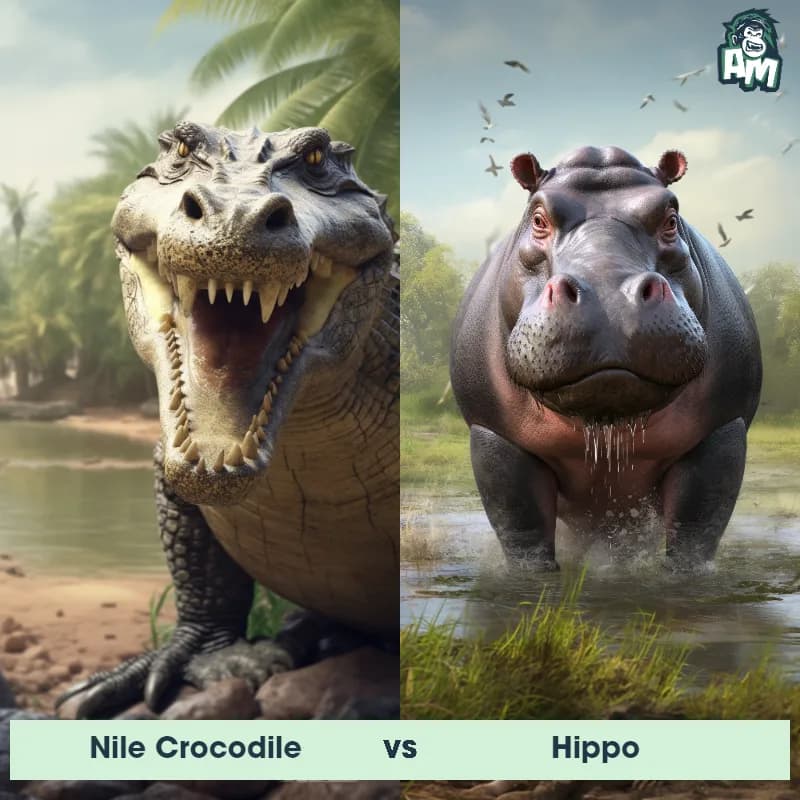
Ladies and gentlemen, welcome to this highly anticipated matchup between two extraordinary creatures of the wild! In one corner, weighing in at several thousand pounds, we have the mighty Hippopotamus. And in the other corner, measuring over 16 feet in length, we have the fearsome Nile Crocodile. It's time to witness nature's power firsthand as these two colossal opponents go head-to-head in a battle of epic proportions!
Contender 1: Nile Crocodile
The Nile Crocodile, also known as the common crocodile, is a large reptile that can grow up to 20 feet long and weigh over 1,000 pounds. They have a powerful jaw with sharp teeth and a tough, scaly skin that ranges in color from gray to brown. Nile Crocodiles are found throughout sub-Saharan Africa and are known for their aggressive behavior and ability to take down large prey, including humans.
Fun Fact: Nile Crocodiles are known for their incredible strength and are capable of dragging prey weighing up to 1,000 pounds out of the water and onto land.
Contender 2: Hippo
The hippopotamus, often simply referred to as the hippo, is a large, mostly herbivorous mammal native to sub-Saharan Africa. With a barrel-shaped body, short legs, and a massive head with a broad, round snout, the hippo is the third-largest land animal after the elephant and rhinoceros. Hippos spend most of their day in the water or mud to keep their skin moist and protect it from the sun. Despite their bulk, hippos are excellent swimmers and can run surprisingly fast on land.
Fun Fact: Hippos secrete a natural sunscreen in the form of an oily red substance, which earned them the nickname "blood sweat," although it is neither blood nor sweat.
Matchup Stats
| Nile Crocodile | Hippo | |
|---|---|---|
| Size | Up to 20 feet (6.1 meters) | 5 feet tall at shoulder, 13 feet long (1.5 meters tall at shoulder, 4 meters long) |
| Weight | Over 1,000 pounds (453.6 kilograms) | 3,000 to 4,000 pounds (1,400 to 1,800 kilograms) |
| Speed | Land Speed: 11 mph (18 km/hr) | 19mph (30km/h) |
| Key Strength | Powerful jaw and strong bite force | Powerful jaws with large teeth |
| Biggest Weakness | Slow on land and vulnerable to attacks on the underside of its body | Poor eyesight |
Current Votes
Nile Crocodile vs Hippo
See Who Wins
View More Matches
Looking For More?
Similar Matches
Scientific Stats
| Nile Crocodile | Hippo | |
|---|---|---|
| Scientific Name | Crocodylus niloticus | Hippopotamus amphibius |
| Family | Crocodylidae | Hippopotamidae |
| Habitat | Freshwater rivers, lakes, and marshes | Rivers, lakes and swamps |
| Geography | Sub-Saharan Africa | Sub-Saharan Africa |
| Diet | Carnivorous, eats fish, birds, mammals, and occasionally humans | Herbivorous, primarily grasses |
| Lifespan | 70 years - 100 years | 40 years - 50 years |
Key Differences between Nile Crocodile and Hippo
- Coloration: The Nile Crocodile typically displays a mottled brown or gray coloration, with darker hues on its back and lighter shades on its belly, blending in with the riverbanks. The Hippopotamus has a predominantly grayish-black skin tone, occasionally appearing pink due to the secretions from its sweat glands.
- Eyes and Ears: The Nile Crocodile has eyes and ears positioned toward the top of its head, enabling it to stay partially submerged while maintaining a lookout for prey or danger. In contrast, the Hippopotamus has small eyes and ears located on the sides of its head, allowing it to be fully submerged while remaining aware of its surroundings.
- Size: The Nile Crocodile is generally smaller in size, with males reaching lengths of 16 to 20 feet and females around 10 to 13 feet, while the Hippopotamus is significantly larger, with males weighing up to 3,000 kilograms (6,600 pounds) and females up to 1,500 kilograms (3,300 pounds).
- Shape: The Nile Crocodile has a long and streamlined body, tapered snout, and a row of scutes along its tail, aiding in efficient swimming. In contrast, the Hippopotamus has a barrel-shaped body, stubby legs, a massive head, and a bulky frame more adapted for a semi-aquatic lifestyle.
- Skin Texture: The Nile Crocodile's skin is covered in rough and armored scales, providing it with protection and camouflage against its surroundings. Conversely, the Hippopotamus has smooth and hairless skin, with a thin layer of natural sunscreen secreted by its glands.
- Head Shape: The Nile Crocodile possesses a slender and elongated snout, equipped with sharp teeth, ideal for capturing and holding prey. On the other hand, the Hippopotamus has a robust head with a wide mouth, comprising massive incisors and canine teeth designed for grazing on vegetation.



